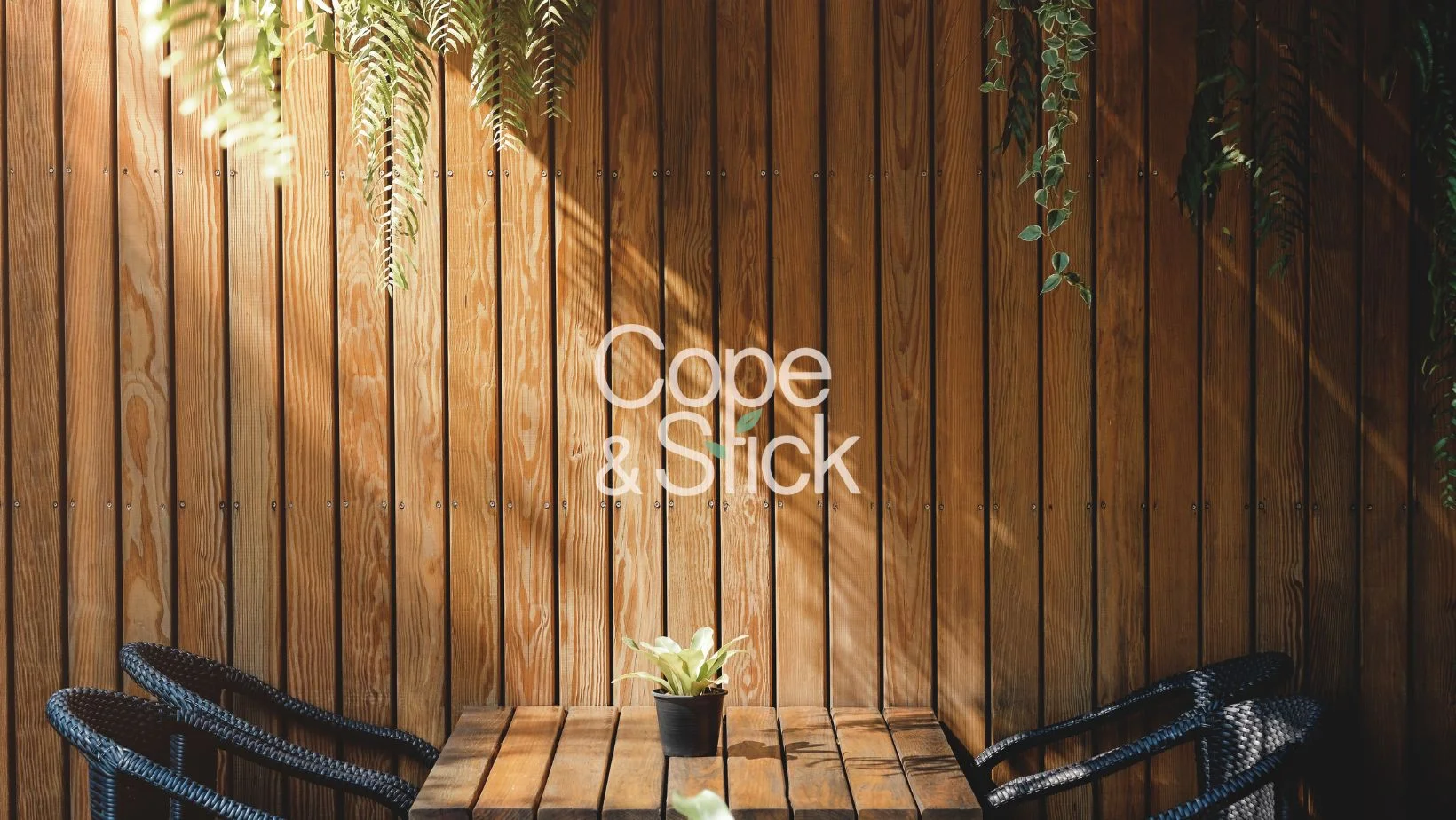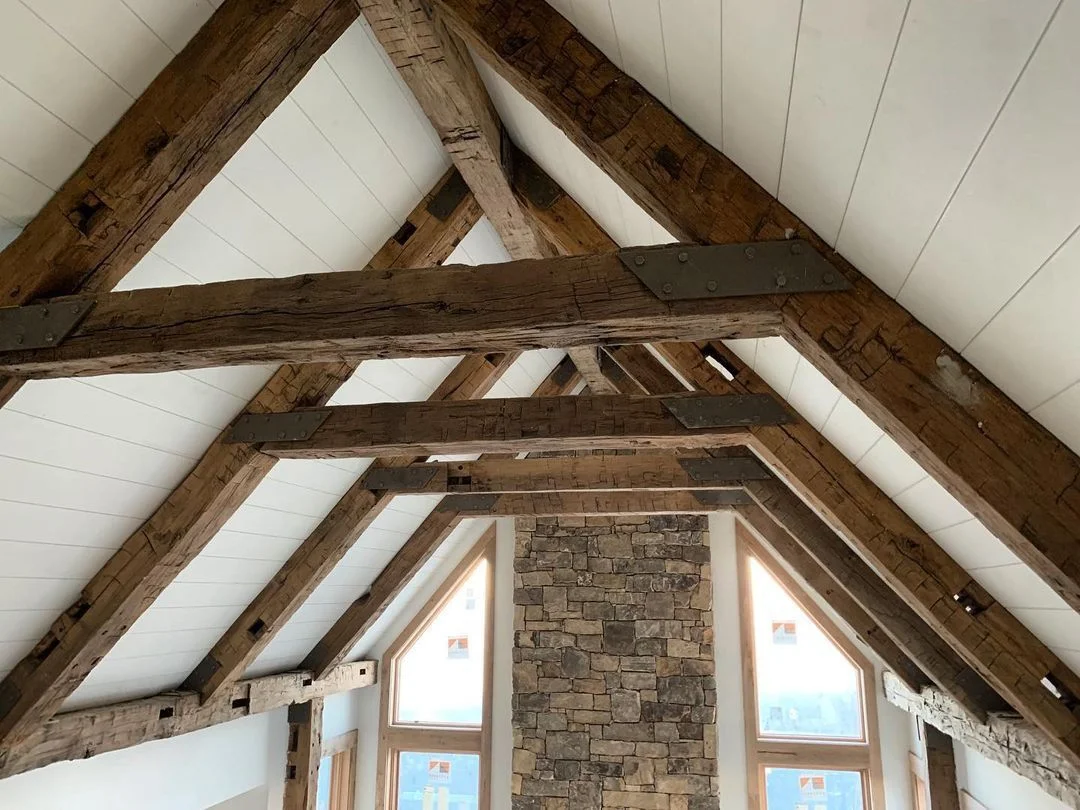In the realm of home organization, shelves are indispensable allies, providing storage and structure to our living spaces. However, the often-overlooked risk of unstable shelves can turn this essential furniture piece into a potential hazard. This comprehensive guide sheds light on the dangers of unstable home shelves and offers practical tips on preventing mishaps to ensure a safe and organized living environment.
Identifying the Culprits
Overloading: A Common Pitfall
One of the most prevalent causes of unstable home shelves is the often underestimated practice of overloading. It’s enticing to maximize storage, but surpassing the recommended weight limit for your shelves can compromise their stability. This jeopardizes the structural integrity and escalates the risk of potential accidents and damage to your cherished belongings.
Subpar Material Quality
Not all shelves are created equal, and the materials used in their construction play a pivotal role in determining their strength and durability. Opting for shelves made from low-quality materials significantly increases the likelihood of instability. This choice endangers your possessions and puts your household members at risk. Valuing the importance of strong materials is fundamental to creating shelves that stand the test of time.
Unpacking the Consequences
Domestic Safety Concerns
The ramifications of unstable home shelves extend far beyond the potential damage to your belongings. A collapsing shelf directly threatens the safety of your family members or pets in its vicinity. Recognizing these potential dangers is the initial step towards creating a secure home environment, prioritizing the well-being of your loved ones.
Damages and Financial Strain
Beyond the immediate safety concerns, the aftermath of a shelving failure includes potential damage to your belongings and the surrounding area. Repairing or replacing damaged items can result in unexpected financial strain. Proactively addressing the risk of unstable shelves is not just about safety; it’s a strategic investment in securing your possessions and maintaining financial stability.
Fortifying Your Shelves at Home: Best Practices
Mindful Weight Distribution
Mitigating the risk of unstable shelves requires conscious effort toward mindful weight distribution. Stay informed about the weight limits specified for each shelf, and avoid exceeding those limits. Distributing weight evenly across the shelves not only prevents unnecessary strain on the structure but also ensures long-term stability, enhancing the longevity of your storage solutions.

Regular Maintenance Checks
Implementing a routine for checking the condition of your home shelves is a proactive measure to prevent instability. Regular inspections should include looking for signs of wear and tear, such as sagging or visible damage. Promptly addressing these issues can prevent more significant problems, preserving the safety and integrity of your storage units.
Invest in Quality Shelving
Regarding home organization, investing in quality shelving is an investment in safety and longevity. Opt for shelves constructed from durable materials designed to withstand the demands of daily use. While the upfront cost may be higher, the peace of mind and extended lifespan of quality shelves make it a worthwhile expenditure that pays dividends in the long run.

In safeguarding your home against the risks of unstable shelves, prioritize mindful practices. Recognize the dangers of overloading and subpar materials. Embrace preventative measures like mindful weight distribution, regular maintenance, and investing in quality shelving. By doing so, you not only protect your belongings but ensure a safe and lasting haven for your loved ones.






